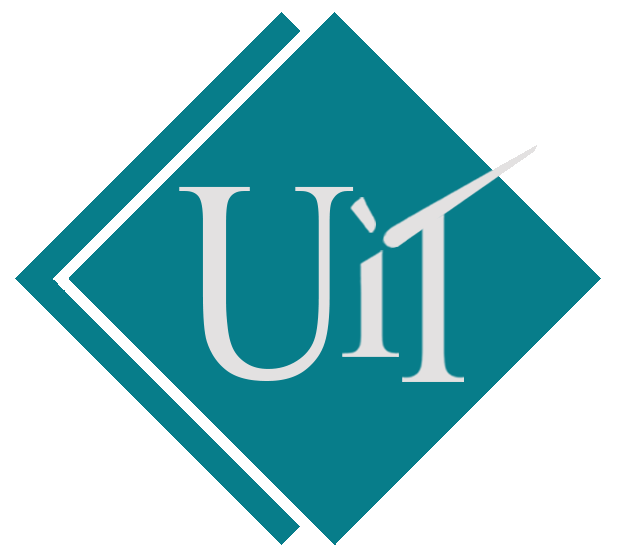This course includes Discrete Structure II. Discrete structure is the largest portion of core knowledge for computer science students. The purpose of this course is to provide the mathematical foundation for computer science courses such as algorithms, automata theory and formal languages, compiler design, and cryptography. This course generally covers the topics: graph theory, number theory, and complexity of algorithms.
This course is designed in the part of Calculus to develop the topics of vector geometry, complex number, integral calculus, differential equations and mathematical models. Upon completion, students should be able to select and use appropriate models and techniques for finding solutions to derivative-related problems with and without technology.
